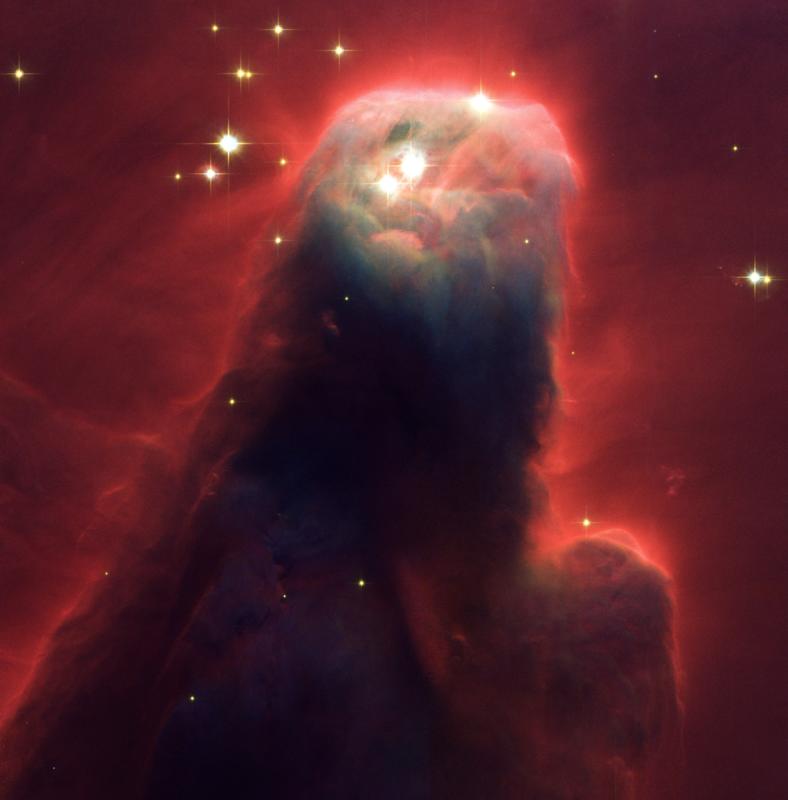INDIA’S FIRST MISSION TO THE MOON
Earlier this year, India celebrated the launch of its first mission to the moon. The mission is called Chandrayaan-1, which in Hindi, translates to “trip to the moon”. The mission was launched on October 22, 2008 using India’s own launch craft which is called the Polar Satellite Launch Vehicle. On November 8th, Chandrayaan-1 entered a lunar orbit at altitude of 100 km above the lunar surface.
Chandrayaan-1 is a multinational program with contributions from India, NASA, the Bulgarian Academy of Science (BSA), and the European Space Agency (ESA). The objective of this mission is to map out the lunar surface in greater detail than has ever been done before, by any single nation. This mission will Map out, in high resolution, the chemical and mineralogical compositions of the Moon’s North and South poles. It will also search for pockets of surface and subsurface helium, and water-ice which could be potentially used by a future Moon-base. The satellite will also map out changes in elevation, and the chemical composition of the moons interior by observing internal rock which has been exposed to the surface. It is hoped that the data gathered will help develop a better understanding to the evolution of the solar system, particularly, the origin of the Moon.
With the great success of Chandrayaan-1, the Indian Space Research Organization (ISRO) has announced plans for the launch of Chandrayaan-2 in 2011. For this relatively short mission (with a duration of approximately one month), the Russian Federal Space Agency (Roskosmos) will join the ISRO in the building of a lunar Lander/Rover. This mission will be very similar to NASA’S Martian Sample Return Mission, due to the fact that a solar powered rover would navigate across the lunar surface, collect samples and return them to an orbiting spacecraft, which will bring them back to Earth. The ISRO also has plans to launch Chandrayaan-3, 4, and 5, but the details of these missions have not yet been announced. Could India be planning a manned mission to the moon?
The reason we are still so interested in the moon is because of the fact that we still do not fully understand the processes which may have formed the moon. The leading hypothesis, developed by geologist Reginald Aldworth Daly, suggests that during the formation of our solar system, a hypothetical mars sized body called Theia smashed into proto-Earth. This collision would have caused Theia’s entire mantle, and most of Earths to explode into space, while Theia’s iron core sank into the Earth where it combined with Earths Iron core. The mantle debris, in orbit around the Earth, then would have accreted to form the current moon. This hypothesis also explains the unusually large size of Earth’s core. There is some evidence which supports this hypothesis: the lunar rocks gathered during the Apollo mission were found to contain oxygen isotopes with compositions very similar to Earth. Also, large areas of the lunar surface appear to be igneous, which means that it was once molten, and the energy produced during a large collision would be high enough to produce large scale melting of lunar rocks.
It is always exciting when other nations become more involved with space exploration, and contribute more to the collective knowledge of our surrounds. It will be interesting to see if Chandrayaan-1 will be able to produce data that will confirm the Giant Impact Hypothesis, or discover that there is enough water on the lunar surface to support a space colony. Hopefully the ISRO will be able to further expand its space program, despite critics of India’s government, who wish to have the bulk of the space exploration funds reallocated to social welfare programs.
Tags: european space agency, flight, india, moon, space

